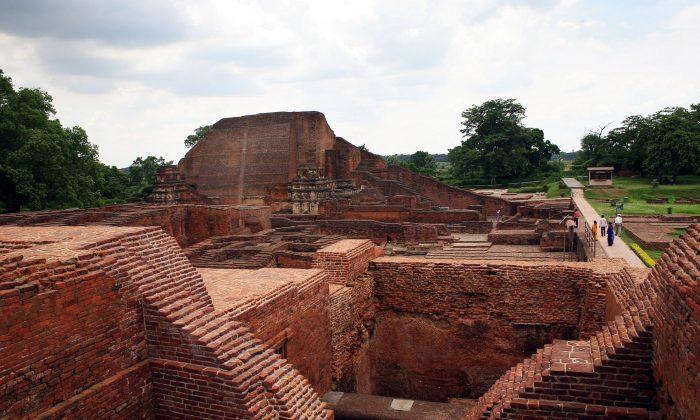ISTANBUL—UNESCO on Friday put four new sites on its World Heritage List.
The new sites, announced in the Turkish city of Istanbul, include China’s Zuojiang Huashan rock art cultural landscape, Iran’s ancient aqueducts known as Qanat, and India’s archaeological site of Nalanda Mahavihara.
The World Heritage Committee also selected Micronesia’s artificial islets of Nan Madol and simultaneously placed it on the List of World Heritage in Danger.
Made of basalt and coral boulders, the 99 artificial islets of Nan Madol are home to ruins ranging from temple to tombs dating between A.D. 1200 and 1500.

Dating back to the 5th century B.C., Zuojiang Huashon rock art cultural landscape straddles steep cliffs in southwest China and represent the only trace left of the Luoyue people.
Iran’s Qanat system tapped into alluvial aquifer and transported water underground across vast valleys helping sustain agricultural life and settlements in arid areas.
The Nalanda site comprises the archaeological remains of a monastic and scholastic institution dating from the 3rd century B.C. to the 13th century A.D.
Gathered from July 10-20 in Istanbul, the committee is reviewing 27 sites of special cultural or natural significance which have been nominated for the World Heritage List.





